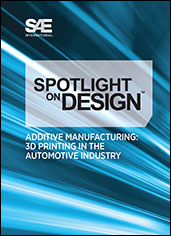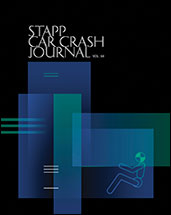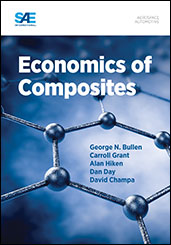Book

Clean Snowmobile Challenge - 3: Refinement of Production Engines and New Control Strategies
2017-03-01
This collection is a resource for studying the history of the evolving technologies that have contributed to snowmobiles becoming cleaner and quieter machines. Papers address design for a snowmobile using the EPA test procedure and standard for off-road vehicles, along with more stringent U.S. National Park Best Available Technology (BAT) standards that are likened to those of the California Air Resourced Board (CARB). Innovative technology solutions include: • Standard application for diesel engine designs • Applications to address and test both engine and track noise • Benefits of the Miller cycle and turbocharging The SAE International Clean Snowmobile Challenge (CSC) program is an engineering design competition. The program provides undergraduate and graduate students the opportunity to enhance their engineering design and project management skills by reengineering a snowmobile to reduce emissions and noise.



















